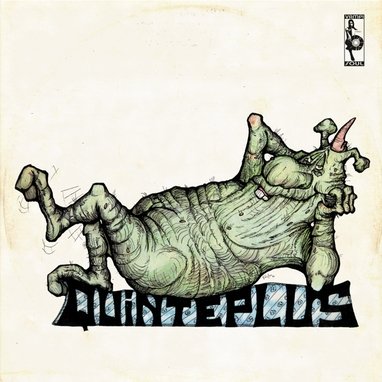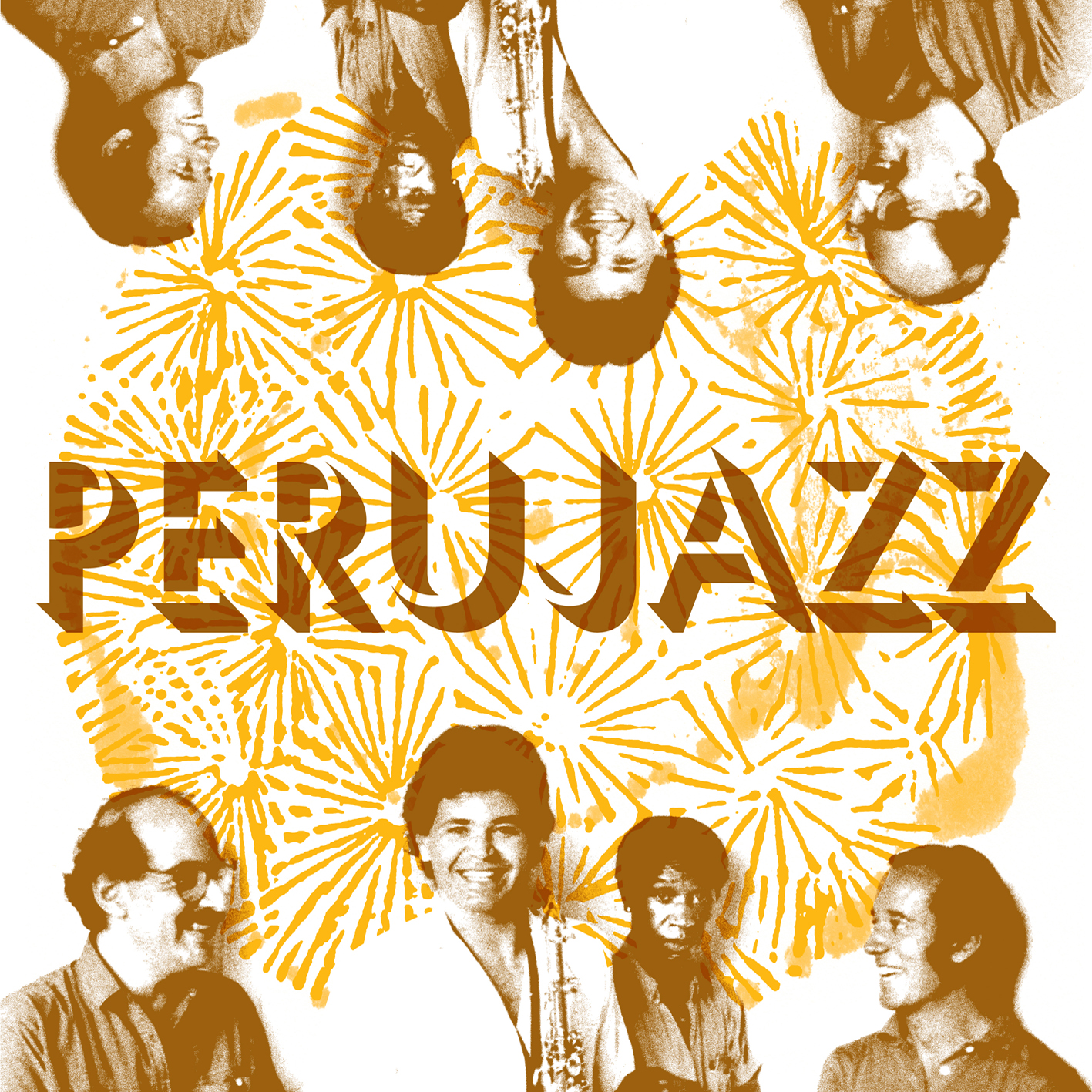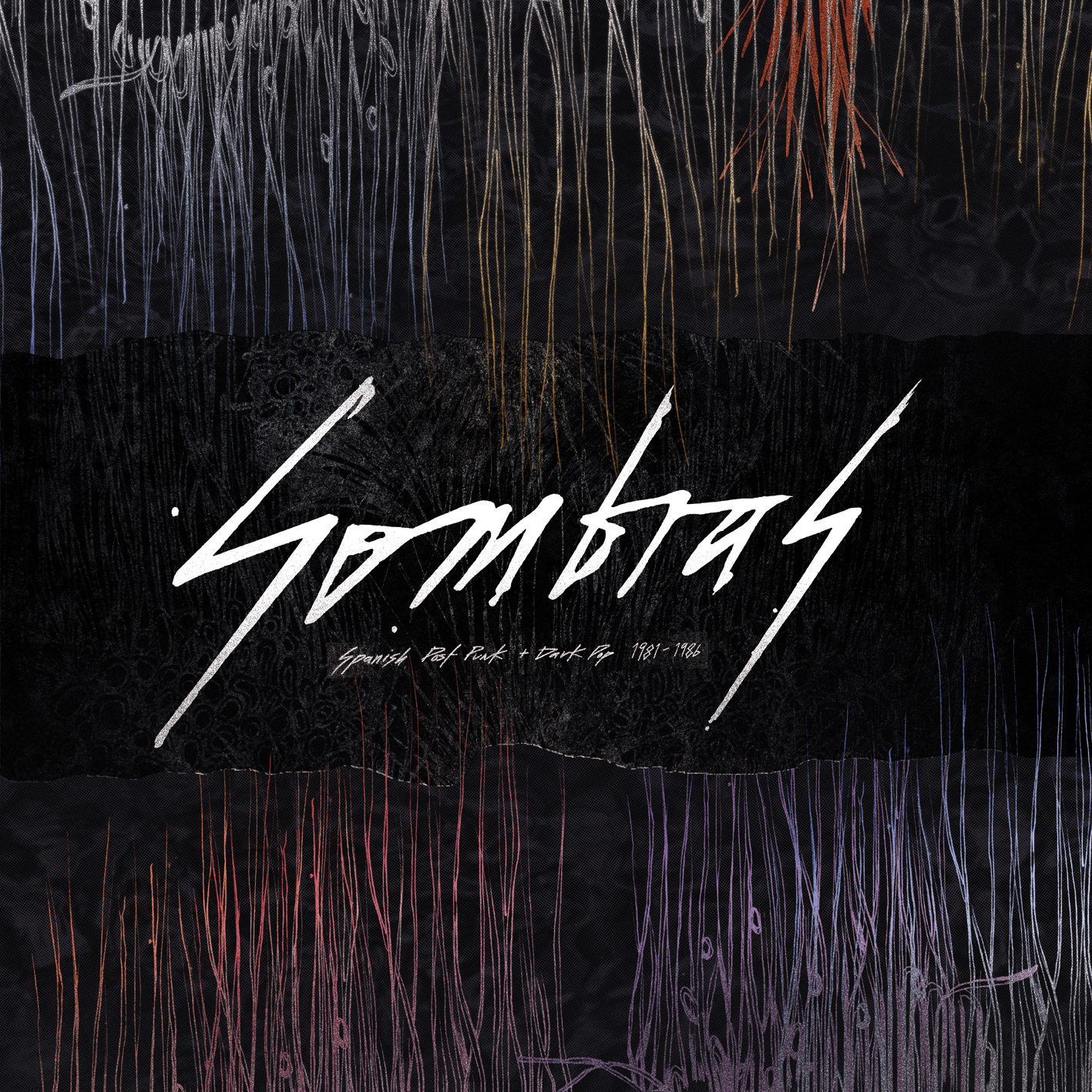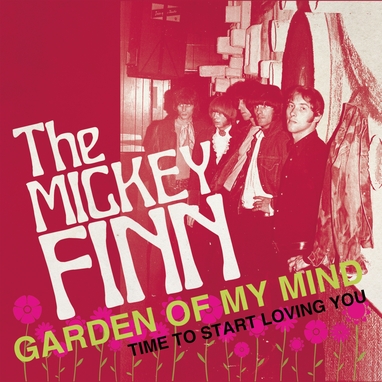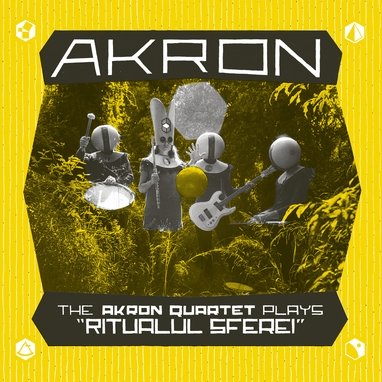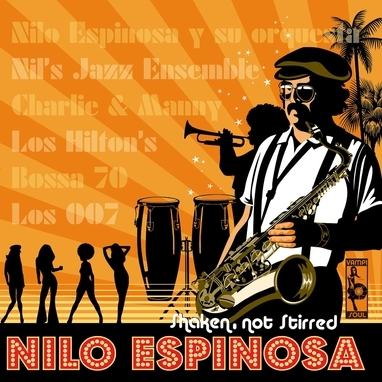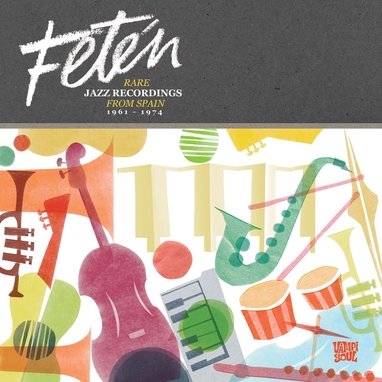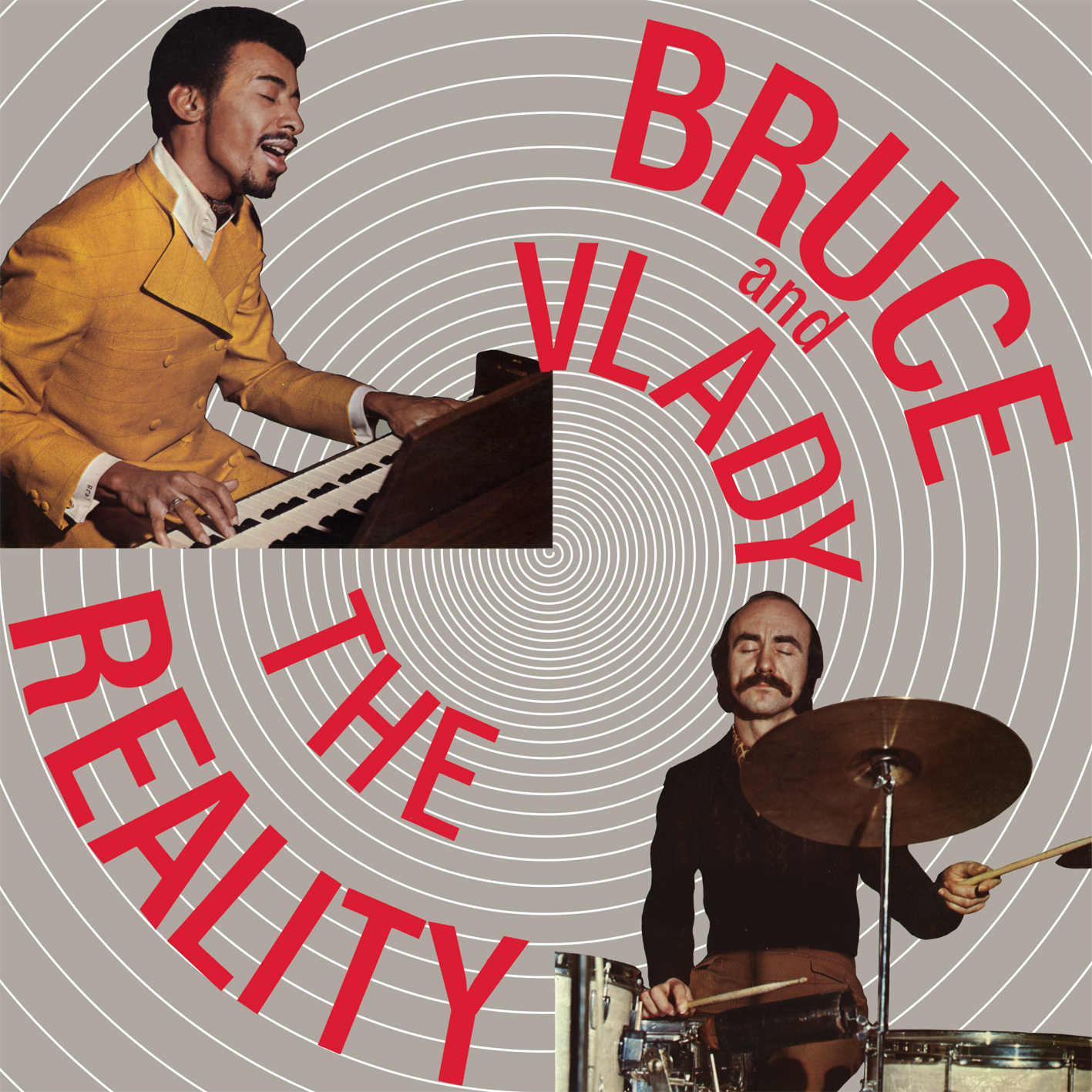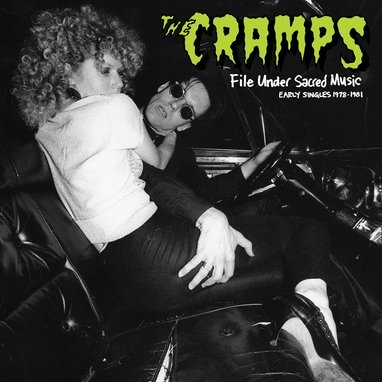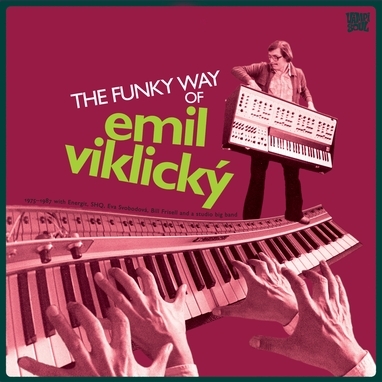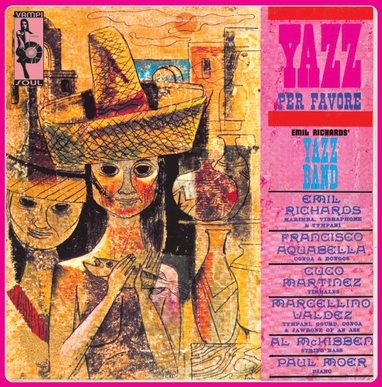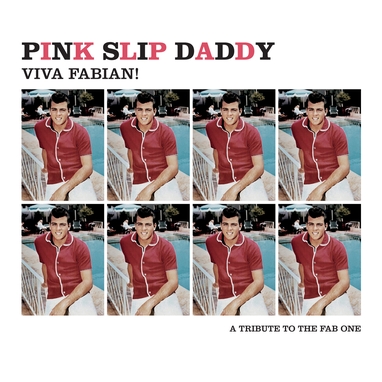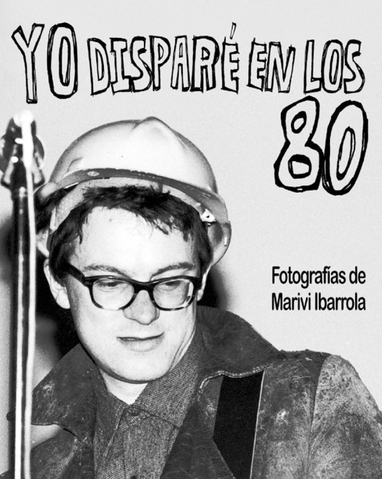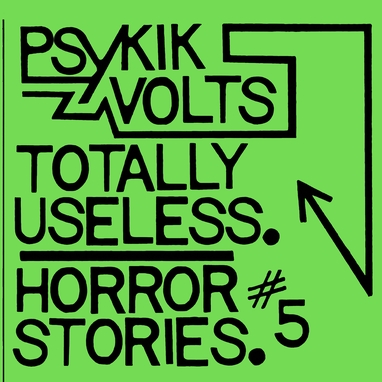Quinteplus
Quinteplus
Vampisoul
Quinteplus
Quinteplus
This disc contains his only album recorded in 1972, plus a live concert.
In Buenos Aires, Argentina, in the early 60s, a group of musicians founded collective called Agrupación Nuevo Jazz (New Jazz Collective). Some of the great names of Argentine jazz were part of that experience: Leandro Gato Barbieri and his brother Ruben Barbieri, Alfredo Wulff, Rodolfo Alchourron, Santiago Giacobbe, Eduardo Bicho Casalla, Jorge Navarro, Chico Novarro and Jorge Negro González. It wasn´t actually a stable music band; it was rather a space for reflection and rehearsal to determine the paths that jazz should take. Some of the proposals debated by the collective included experimentation with Argentine folk genres –zamba, chacarera, malambo, cueca, candombe– in a jazz key, and the exploration of African rythms and influences in those folk genres, as a bridge between both musical worlds.
Productos relacionados
This disc contains his only album recorded in 1972, plus a live concert.
In Buenos Aires, Argentina, in the early 60s, a group of musicians founded collective called Agrupación Nuevo Jazz (New Jazz Collective). Some of the great names of Argentine jazz were part of that experience: Leandro Gato Barbieri and his brother Ruben Barbieri, Alfredo Wulff, Rodolfo Alchourron, Santiago Giacobbe, Eduardo Bicho Casalla, Jorge Navarro, Chico Novarro and Jorge Negro González. It wasn´t actually a stable music band; it was rather a space for reflection and rehearsal to determine the paths that jazz should take. Some of the proposals debated by the collective included experimentation with Argentine folk genres –zamba, chacarera, malambo, cueca, candombe– in a jazz key, and the exploration of African rythms and influences in those folk genres, as a bridge between both musical worlds.
Productos relacionados
Quinteplus
This disc contains his only album recorded in 1972, plus a live concert.
In Buenos Aires, Argentina, in the early 60s, a group of musicians founded collective called Agrupación Nuevo Jazz (New Jazz Collective). Some of the great names of Argentine jazz were part of that experience: Leandro Gato Barbieri and his brother Ruben Barbieri, Alfredo Wulff, Rodolfo Alchourron, Santiago Giacobbe, Eduardo Bicho Casalla, Jorge Navarro, Chico Novarro and Jorge Negro González. It wasn´t actually a stable music band; it was rather a space for reflection and rehearsal to determine the paths that jazz should take. Some of the proposals debated by the collective included experimentation with Argentine folk genres –zamba, chacarera, malambo, cueca, candombe– in a jazz key, and the exploration of African rythms and influences in those folk genres, as a bridge between both musical worlds.
This disc contains his only album recorded in 1972, plus a live concert.
In Buenos Aires, Argentina, in the early 60s, a group of musicians founded collective called Agrupación Nuevo Jazz (New Jazz Collective). Some of the great names of Argentine jazz were part of that experience: Leandro Gato Barbieri and his brother Ruben Barbieri, Alfredo Wulff, Rodolfo Alchourron, Santiago Giacobbe, Eduardo Bicho Casalla, Jorge Navarro, Chico Novarro and Jorge Negro González. It wasn´t actually a stable music band; it was rather a space for reflection and rehearsal to determine the paths that jazz should take. Some of the proposals debated by the collective included experimentation with Argentine folk genres –zamba, chacarera, malambo, cueca, candombe– in a jazz key, and the exploration of African rythms and influences in those folk genres, as a bridge between both musical worlds.

